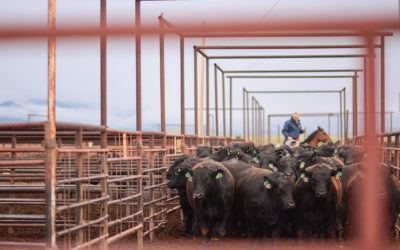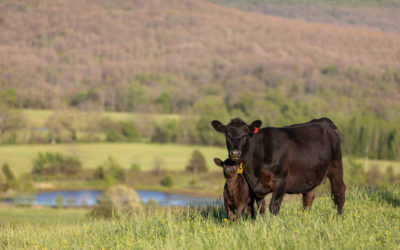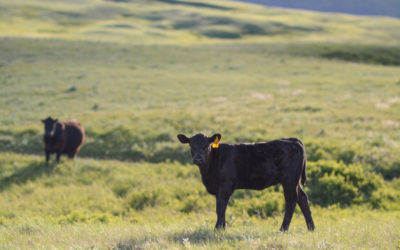
Old lessons, new challenges
by Miranda Reiman
Imagine a life filled with dust. Inhaling, only to choke on dust. Eating it on every scarce bite of food. Seeing a dust outline on the bedding when you wake in the morning.
I’ve been reading accounts from the Dirty Thirties lately and I don’t know if I’m drawn in to the unimaginable awfulness of it all, or the amazing hope. Our Greatest Generation that lived through the droughts and erratic weather endured things I can hardly comprehend.
In high school history, we talked about the Dust Bowl as an era, a few pages in the textbook that covered everything from economic to environmental impacts. Without a longer lesson plan, I missed seeing the daily decisions people had to make. The way families across the Plains met the impossible every morning when they got out of bed – each day, for years at a time – and yet, they kept taking the next step.
In winter and spring of 1935, “dusters” became more norm than anomaly. Homesteaders would awaken to find their car buried in sand. Venturing out afoot, they might become trapped and feeling for a way home as the blinding storm of dirt descended with little warning. Their meager houses, shacks or dugouts could not guard against the silt that filtered into living rooms, creating dunes on tattered rugs.
When the storms left, despite no relief from heat or hunger, they got right to work. Faced with a mountain of sand, they picked up a shovel. With no grass left for their cows, they ground up tumbleweeds and salted them. When the tractors were buried, they turned back to mules.
It’s probably the most visual example I’ve had of a group of people not paralyzed by the enormity of the task at hand. They just dug in.

In a broader context, people of the Dust Bowl were slowly getting a handle on the need for planned land use by locality. What happens when you turn over millions of acres of native sod without soil or climate records and persistent crop failures leave the land bare? The terrible answer was upon them at the very same time that they desperately needed to fix the problem. They had to take some kind of action while still learning what the best action would be.
More recently, the beef business has had one of those wakeup calls – the one everybody still points to at industry meetings and in columns like this: the downturn in beef demand. We had to do something while still not fully knowing what that “something” should be. People with vision saw that first, we needed to categorize the challenge. The National Beef Quality Audit was born and has served as a roadmap ever since.
I was probably learning about the Dust Bowl from Mrs. Miller about the time the NBQA became a regular topic of conversation in the industry, but I’d like to think nobody said, “It’s impossible! We can’t change this and turn beef demand around.”
Instead, they decided to take collective action.
That gives me hope as we look at today’s topics that seem huge, sometimes vague and always lingering. Take consumer trust, encompassing everything from animal care to land stewardship. There are things we’re already doing well and areas where we need to do better. I get overwhelmed trying to think of all the implications of every decision, and all the people and organizations with widely varying approaches on how to go about these things. Do we need to tell our story, get some benchmarks, make changes? The answer could be all of the above.
Maybe it’s time to do a little figuring it out as we go. Maybe it’s just time to take the next step and dig in.
You May Also Like…
Beginning again
Life is about phases. Some occur just once and some are on repeat. We tend to spend a lot of time and energy trying to build momentum to summit the final arc of a cycle. When it ends, space is created for something new to start, and off we go again.
Lifelong learner
Perhaps the hardest lesson I’ve learned is this: learning is a daily chore. After all, learning is a lifetime process. It’s easier when motivated, but sometimes it takes discipline and a little conversation.
Cultivating growth
Humans have a built-in desire to grow. But it’s not something that just happens. We must have a curiosity about us – a will and work ethic for the growing.



